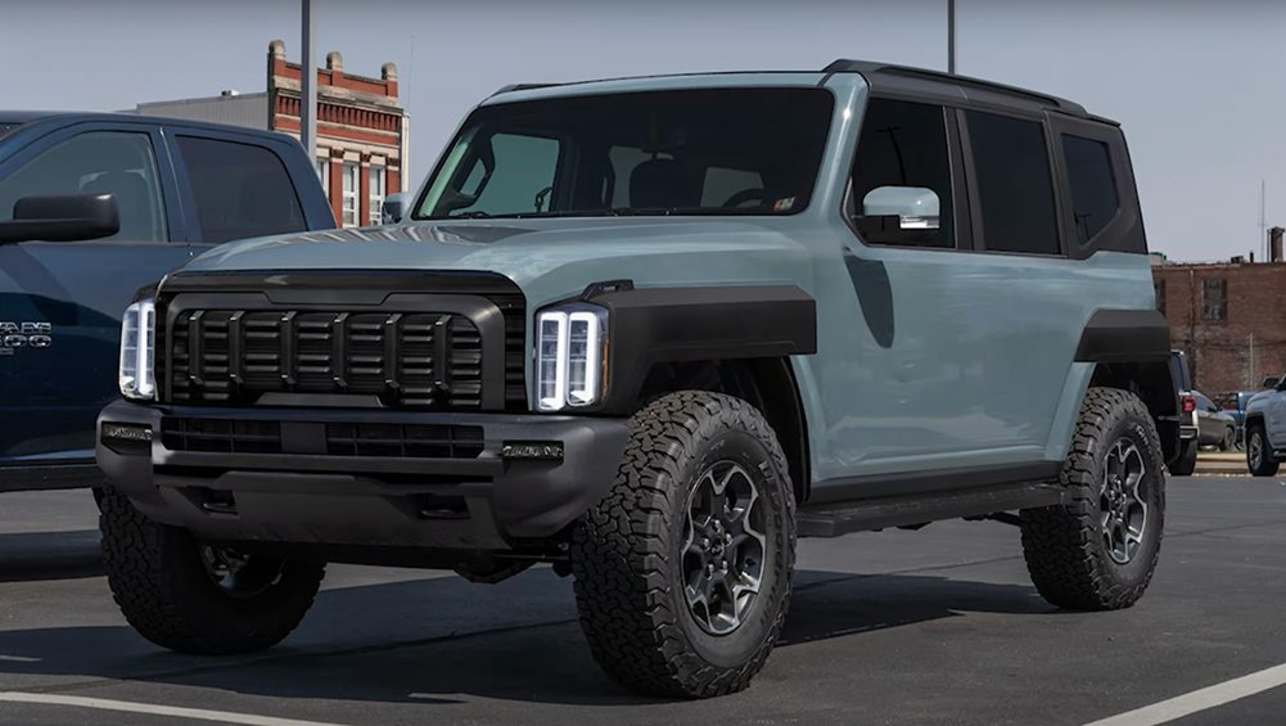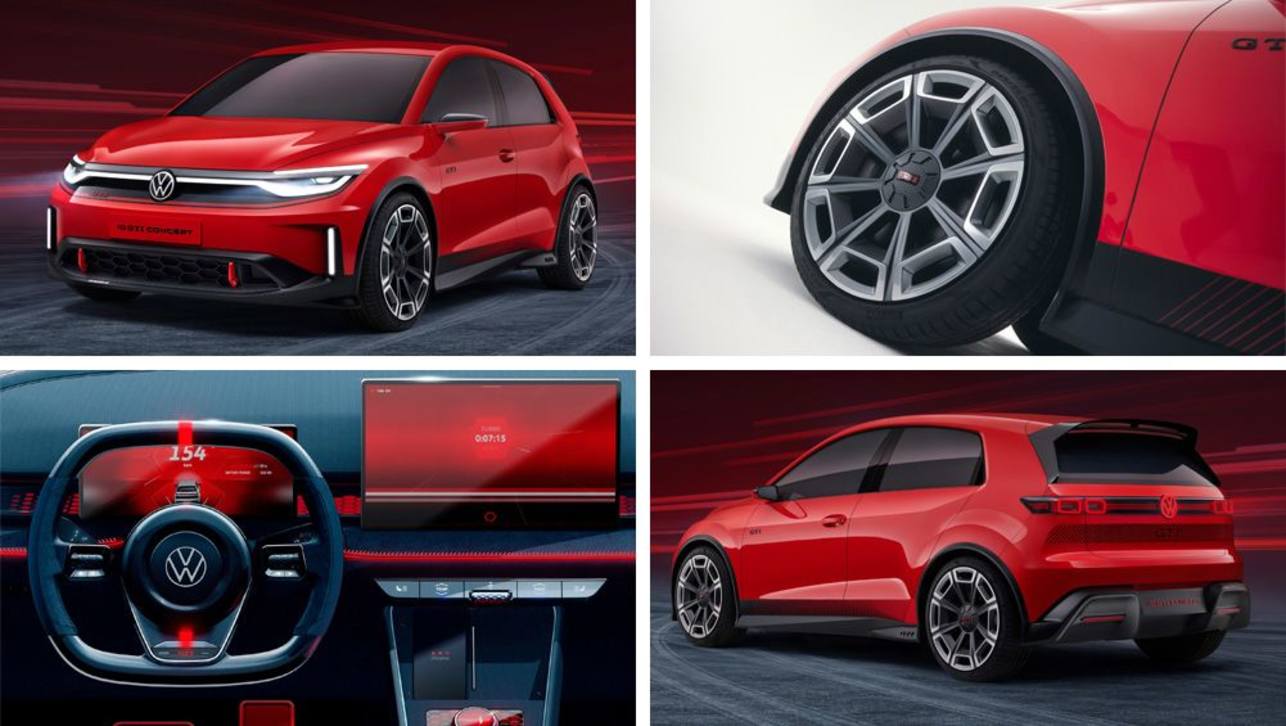The hot hatch class is in crisis.
What used to be a reasonable step up from a regular small car is now fast becoming a $60,000-plus proposition, meaning the affordable performance heroes of the past two decades are increasingly becoming out of reach for many buyers.
The model that is erroneously credited with “inventing’ the hot-hatch genre – the Volkswagen Golf GTI – now starts from a hefty $55,490 before on-road costs, and that’s a lot of money in anybody’s language.
Just five years ago, you could buy a Mk7.5 Golf GTI Original from just $37,490 – or a bit over $43,000 adjusted for inflation in today’s dollars. That’s about a 25 per cent jump. Automatic added $2500.
Of course, VW can rightly claim that the latest version is slightly more powerful, better equipped, safer and ushers in greater efficiency than its 2018 predecessor, the latter thanks to a DSG auto transmission. But these advances are at best incremental, with only 0.1 seconds between old and new in the 0-100km/h sprint.
More importantly for enthusiasts, not all this progress is in line with the pared-back spirit of a hot hatch – especially if you yearn for a manual.
Which is where Subaru and Hyundai currently shine.
Priced from of $45,990 and $46,200, the 202kW WRX and 206kW i30 N respectively represent a vanishing breed of attainable small car performance, complete with what is uncharitably known as the millennial anti-theft device – a manual gearbox and clutch pedal.

And if you prefer an auto, both also oblige for a small premium, making these the last of the sub-$50,000 family-friendly pocket-rocket greats regardless of transmission. Especially when factoring in their superior power outputs compared to the 180kW Golf GTI.
Incredible as it is, the Honda Civic Type R went from $55,000 in its final vaunted FK8 iteration to a hefty $72,600 (albeit driveaway) for the new, 235kW FL5 version. Likewise, you’ll now be needing nearly $70K for the 221kW Renault Megane RS – a far cry from the $45K this current-gen model launched at back in 2018. Similar pricing also applies to the latest 235kW Golf R.
Returning to the Subaru and Hyundai hot hatches, we’re not using the term ‘greats’ lightly here either, since their existing iterations both represent seismic shifts for their makers.
The striking fifth-generation WRX launched last year marks a long-overdue return to form for a series that transcended the hot-hatch genre in the 1990s but somehow lost its way with each successive update.

While the latest model may not simultaneously infiltrate the disparate worlds of motorsport (leading to Subaru’s domination of the World Rally Championship) and home video game console super stardom (via Gran Turismo on Sony’s PlayStation) like the original did to become a breakout global cultural icon, it does follow in the first WRX’s footsteps by offering unparalleled performance and grip for the money. The 2023 version is better in every vital way than the car it replaces.
Meanwhile, when launched in 2017, the German-tuned, Czech-built i30 N crashed the hot-hatch party with astonishing athleticism that more than matched its creator’s breathtaking ambition. It remains one of the best to this day, while changing how people perceive Hyundai forever. Subsequent gamechangers like the Ioniq 5 electric vehicle (EV) owe a huge debt here.
Which leads on to why you need to make a move – and fast – if you still want an affordable new old-school hot-hatch great like the WRX and i30 N.
As the world’s biggest market for hot hatches, Europe must adopt electrification to meet ever-more-stringent emissions targets in the short term, before going all-EV during the next decade, signing the death knell for cars like the GTI, WRX and N as we know them.
.jpg)
Now, we’re not saying there won’t be thrilling high-performance successors to these, they just won’t be as affordable or presented in the same way as the hot hatches we’ve come to know and love – particularly if it’s petrol-powered and manual-geared fun that you’re seeking.
As a result of changing EU legislation, there have been fewer hot hatches of this size than in any time over the past two decades, with the demise of favourites like the Ford Focus ST and Peugeot 308 GTi being particular standouts.
Today, it’s up to the WRX and i30 N to keep flying the flag of affordability, but for how long, nobody knows outside of their respective company boardrooms.
If you’re keen for a slice of good-old hot-hatch fun, you better be quick. Just like the $45K Holden Commodore SS and Ford Falcon XR6 Turbos of not-too-long ago, once they’re gone, there will be no turning back.



.jpg)

.jpg)

.jpg)
.jpg)

.jpg)
.jpg)
.jpg)

.jpg)
.jpg)


.jpg)
.jpg)
.jpg)
.jpg)

.jpg)
.jpg)
.jpg)




Comments